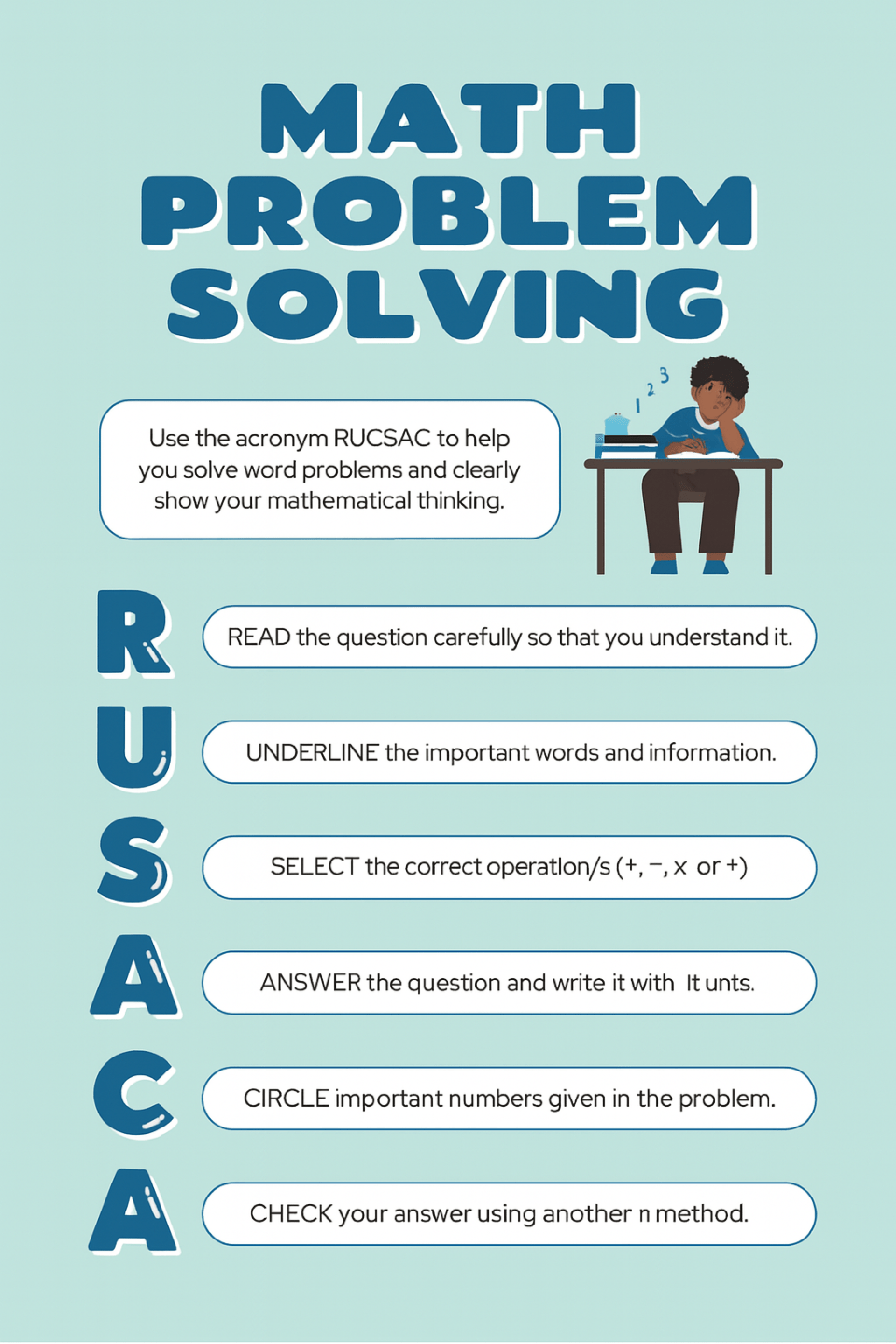Your child sits at the kitchen table, pencil in hand, staring blankly at a math worksheet. Minutes pass. Nothing gets done. Then comes the familiar phrase: “I can’t do this.” Sound familiar?
Moments like these aren’t always about laziness or lack of interest. Often, these are quiet signals indicating that your child is falling behind in math. And the sooner you spot them, the easier it is to step in.

This article walks you through 12 signs that your child might be troublesome with math. You’ll also learn 7 simple, practical ways to help. Every step can make a real difference.
12 Signs Your Child May Be Struggling with Math
When a child has trouble with math, it’s not always clear at first glance. Sometimes the signals are subtle, showing up gradually in daily behaviors or attitudes rather than just poor test results.
1. Emotional Reactions to Math
Frustration, tears, or even anger during math activities can indicate underlying issues. These emotional responses reflect genuine anxiety rather than just ordinary dislike for a subject. Stressful reactions make learning even more difficult, creating a negative loop of anxiety and poor performance.
2. Slow Completion of Simple Tasks
It may indicate problems with foundational concepts if your child routinely takes significantly longer than peers to complete basic arithmetic problems. Students who struggle put in too much time trying to learn or remember simple processes, which hinders their progress in more complex subjects.
3. Frequent Small Mistakes
Simple calculation errors, mixing up mathematical signs, or skipping critical steps may point to gaps in understanding. Consistent minor errors usually highlight deeper comprehension issues rather than carelessness.
4. Negative Self-Perception About Math
Repeatedly saying things like, “I’m terrible at math” or “I’ll never understand this” reflects low self-esteem in math ability. Such attitudes discourage effort, create barriers to learning, and reinforce a fixed mindset, making it harder to improve.
5. Difficulty Grasping Numbers and Their Relationships
Kids who have trouble understanding quantities, estimating amounts, or mentally manipulating numbers often lack the basic “number sense” that is necessary for learning math well. This gap makes it much harder for them to understand new math ideas.

6. Struggle to Remember Math Facts
If your child keeps forgetting simple math facts like the times tables or how to add, this is usually a sign that they have a bigger learning problem. They can’t handle complex problems well because they don’t remember basic facts well.
7. Trouble Solving Word Problems
To solve word problems, you need to be able to both read and write in English and use math to solve problems. Kids who can solve simple equations but struggle with story-based problems may have trouble connecting math and language.
8. Declining Math Grades
A math-specific problem may be indicated by noticeable declines in math grades, especially when other subjects stay constant. Regular decreases indicate real difficulties in mastering the material, not just a brief slip-up.
9. Over-Reliance on Counting Tools
Persistent use of fingers, counting objects, or calculators for simple problems beyond early primary years signals an inability to progress towards mental arithmetic. Dependence on such aids indicates that fundamental skills aren’t fully internalized.
10. Lack of Math Confidence
Children who are reluctant to discuss issues in class or those who spearheaded only a few problems on their own indicate a lack of confidence. Questionable self-confidence keeps them away and does not allow them to train and become better.
11. Easily Distracted During Math Work
Loss of concentration, which is found specifically in math tasks in most instances, is the outcome of being overwhelmed or frustrated. Distractibility is an indication that math information could be overwhelming to students and, therefore, requires the mind to wander.

7 Ways to Help a Child Who Has Trouble with Math
Math challenges aren’t permanent. With targeted math interventions and thoughtful support, children can overcome difficulties. Every child struggling with math can find ways to solve issues, grow in confidence, and eventually enjoy the subject.
1. Make Math Easier
Some children sidestep math when it gets too hard. They might stall until the last minute or act like the homework slipped their mind. Frustration takes over, and they move toward whatever feels easier. In those moments, families often turn to tools that lower the pressure. One quiet option, like the AI math solver by Edubrain, can ease the process without making it feel like extra work.
2. Explain Concepts Step by Step
In case children experience a problem with math, it is hard to address big issues at once. Rather, reduce problems into simple and clear-cut steps. When explaining each step, make sure that your child acquires perfect knowledge.
3. Visual Tools and Manipulatives
Visual aids help children understand abstract math concepts and solve math problems. Use number lines, fraction circles, and blocks to demonstrate ideas concretely. When numbers seem complicated, physical tools make math concepts clearer and easier to grasp.
4. Real-Life and Fun Math Activities
It is easier to deal with math when it is attached to something pleasant (real-life situations). You could engage your child by involving them in family activities such as cooking, weighing ingredients, or counting money when shopping. Simple card games would also work.
5. Foster a Positive Mindset
Children who frequently say they’re “bad at math” may lose motivation entirely. Encourage a growth mindset by praising effort, not just results. Highlight small improvements and remind them that mistakes are a valuable part of learning. Positive reinforcement keeps motivation alive.
6. Consistent Home Practice
Practicing at home in short sessions may also contribute to bettering math skills. Make drills short and stress-free. Do shorter activities daily with the use of interactive tools, educational applications (such as Khan Academy), or printed worksheets.
7. Seek Professional Tutoring
In case your child still fails to succeed even with your help, it may be a good idea to seek professional help. Math tutors or specialists can pinpoint exact areas of difficulty. Their individualized learning and teaching techniques can assess certain learning shortcomings and restore your child, personally, and their capacity to learn.
8. Stay Connected with Teachers
Regular contact with teachers is effective in synchronising the support at home with classroom work. Teachers can give you useful information about your child and their performance, note strengths and weaknesses, and recommend certain accommodations in a classroom.
How to Build a Supportive Math Environment at Home
Math often feels intimidating, especially when your child is struggling in math. Create a calm, quiet place at home where distractions are minimal. Set clear homework routines to provide stability. Maintain a patient, encouraging approach, even when your child encounters difficult math problems.

Avoid negative comments like asking, “Is math hard?” or saying, “I was never good at math.” These remarks can unintentionally reinforce fear or anxiety. Instead, show genuine curiosity, saying things like, “Let’s figure this out together,” or “I’m sure we can understand this.”
Here’s a quick overview:
| Do’s ✅ | Don’ts ❌ |
| Provide a calm, quiet workspace. | Allow frequent distractions. |
| Keep homework schedules consistent. | Change routines frequently. |
| Stay patient and supportive. | Show frustration or impatience. |
| Encourage positively. | Speak negatively about math. |
Conclusion: Every Struggle Has a Solution
It is not unusual to have setbacks in math. Numerous children reach a plateau, and that is something normal. The thing is how fast parents realize the signs and intervene. Not being good at math doesn’t mean the child can’t do math. This implies that they require appropriate help.
It can be an additional practice, a change of mentality, or new tools to overcome complicated math problems. After a little time, organization, and proper inspiration, math is no longer a fear but a skill.
comments +